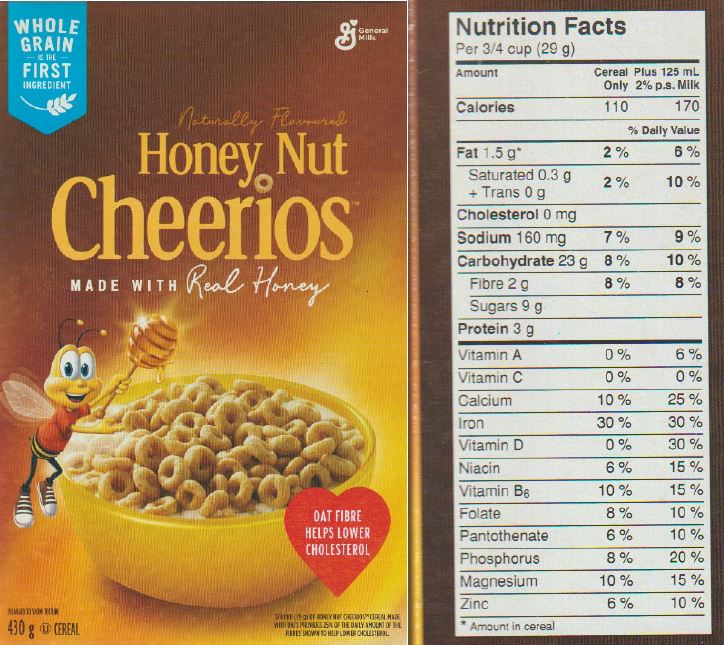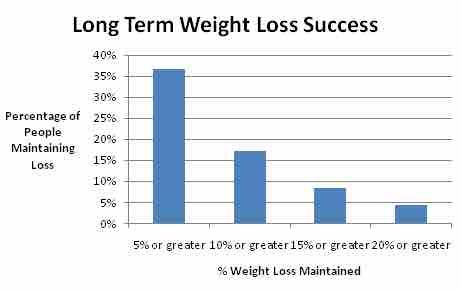
There are several simple steps that you can take to decrease salt intake and feel better right away. First, avoid processed foods and packaged food. These foods, which are high in sodium include smoked and salted beefs, as well hard and soft cheeses. You can also reduce salt by sticking to fresh fruits and veggies. This is a simple and effective way to lower salt intake. Limit your consumption of soft drinks, pizza, pasta, and mixed dishes.
Another easy way to decrease salt is to cook your own meals. Using your own recipe means you can control the amount of salt you use, and you can add other flavourings to add some oomph to your dishes. You can also get rid all salty condiments out of your cupboards. Replace tableside salt shakers with pepper grinders, and gradually reduce your salt intake to achieve your goal.

Reduce salt intake is easy than you think. Reduce salt intake slowly to increase salt in recipes. This will not affect the taste or texture. You can substitute salt for herbs, spices or other ingredients that enhance the taste. You can also reduce your intake of processed food, such as processed meats. Instead, choose fresh fruits, vegetables, and other ingredients. You can substitute meat for other fillings.
Limiting your salt intake can seem daunting, but it is important for your health. Studies have shown that excessive salt intake can lead to heart disease. Excessive amounts of salt can lead to cardiovascular disease, high blood pressure, and even depression. In addition to the negative effects of salt on your health, it can also affect the way you cook. Install an app to learn more about how salt can be reduced.
You can lower your salt intake by eating less processed food, and eating more fresh fruits and veggies. It is important to keep your blood pressure under control in order to prevent heart disease. And you'll also have more energy. It is important to reduce salt intake for overall health. You must eat healthier foods if you wish to decrease your salt intake. You need to eat healthy and nutritious food. This is why the government needs to make it easier for people to eat healthy foods. Finally, the monitoring of salt intake, salt consumption, and attitudes by consumers is essential.

There are several ways to reduce your salt intake. One of the simplest ways to do this is to replace your regular foods with lower-sodium versions. Many people find it easier to switch to lower-salt versions of their favorite foods than to start a new diet. It's also beneficial to switch over to low-sodium soups, and other low sodium varieties. By living a healthy lifestyle, you can cut down on sodium intake.
FAQ
Are there side effects to intermittent fasting
There are no known negative side effects of intermittent fasting. However, if you don't plan properly, you might experience some minor issues.
You might feel irritable if you skip breakfast. Also, you might experience dizziness, headaches, fatigue, muscle cramps, and dizziness.
These symptoms usually resolve within a few weeks.
What is the best activity for busy people?
You can stay fit by exercising at home. It is not necessary to go to the gym or join any fitness club. It is possible to perform basic exercises at home with minimal equipment.
A pair of dumbbells and a mat are all you need.
The most important thing is ensuring you are consistent with your workouts. You may lose motivation if you skip a few days.
It is a great way to get started would be to lift weights three times per semaine. These could include push-ups/pull-ups/squats, push-ups/pull-ups or dips/curls.
Once you've mastered the basics, you can start to move on to other types of exercise such as running or jumping rope, skiing, yoga, Pilates and dancing.
Choose the one that fits your lifestyle. Avoid exercises that demand too much energy if you work long hours.
If you're a night-owl, you might consider working out in the evenings rather than in early morning.
Pay attention to your body. Don't be afraid to stop when you get tired.
What is the best exercise for weight loss?
There are many factors that affect the amount of exercise you need to lose weight. Most people require at most 30 minutes of moderate physical activity five times per week.
The American College of Sports Medicine recommends 150 minutes of moderate-intensity aerobic activity each week, spread over three days.
For example, if you want to lose 10 pounds, aim to do 300 minutes of moderate-intensity exercise each week. This includes activities like jogging or running, swimming laps and biking.
Consider doing 20 minutes of vigorous exercise thrice a week if you are just starting out. That could include activities like lifting weights, sprints, jumping rope, or fast walking.
Aerobic exercise also helps burn calories and build muscle mass. Muscle burns more calories than fat does. So building muscle can help you lose weight faster.
Can intermittent fasting interfere with my sleep?
Intermittent fasting is a good thing for your sleep. You may notice an increase in hunger hormones if you skip meals. You may wake up more often at night because of this.
Experts recommend skipping breakfast. They recommend eating a light snack before bed.
If you're still hungry after this snack you can have a small meal right before going to sleep.
Overeating is not a good idea. If you do, you will gain weight rather than losing it.
How do I lose weight
People who desire to look great are most interested in losing weight. People lose weight for a variety of reasons. They want to live longer, be healthier, and live longer. There are many ways to lose weight, and there are different types of exercises. Some of them include cardio training, strength training, yoga, pilates, running, swimming, cycling, etc. Each exercise has its advantages and disadvantages. If you are looking to burn calories, walking is your best choice. To build muscle mass, you should consider lifting weights. We'll be discussing how to lose weight, and which exercise is best.
When trying to lose weight, the first thing you need to think about is the type of diet plan that you should be following. Not necessarily that you need to eat less. Rather, you should eat fewer processed food and avoid junk foods. It's recommended to consume at least 2200 calories per day. Your calorie intake should be reduced if your goal is to lose weight fast. This will make it easier to lose weight.
Start exercising if you want to quickly lose weight. Exercise can help you lose calories and speed up your metabolism. You must combine exercise and a healthy diet to lose weight. You'll lose more energy by exercising, so you'll be unable to eat as many calories. You will see a faster rate of fat loss if you exercise regularly. Regular exercise can help you live a healthy life. They can help you keep fit and prevent conditions such as heart disease, diabetes, hypertension and obesity.
Try to walk as often as possible. Walking can help you burn approximately 500 calories an hour. If you walk 30 minutes every day, you will burn around 1500 calories. Therefore, you will lose 1 pound of fat per week. For 10 minutes, you can run or jog. Running burns around 1000 calories an hour. For a goal of losing 5 pounds in 3 week's time, you should run for 20 mins three times a week.
In conclusion, the best way to lose weight is to combine exercise with healthy eating habits. Try to find a balance between these two factors.
Statistics
- According to a study sponsored by the American Council on Exercise, a person weighing around 140 pounds (64 kg) would burn 108 calories at a 30-minute beginner's Pilates class or 168 calories at an advanced class of the same duration (26). (healthline.com)
- One study in 9 active men found that HIIT burned 25–30% more calories per minute than other types of exercises, including weight training, cycling, and running on a treadmill (18Trusted Source (healthline.com)
- According to Harvard Health, it's estimated that a 155-pound (70-kg) person burns around 167 calories per 30 minutes of walking at a moderate pace of 4 mph (6.4 km/h) (5). (healthline.com)
- Among women, the increase in metabolic rate was nearly 4%, or 50 more calories per day (14Trusted Source (healthline.com)
External Links
How To
How to Intermittent Fasting
Intermittent fasting is a dieting method where you normally eat one day per week, usually Monday through Friday. This allows you to reduce your calorie intake and still get adequate nutrition. This will allow you to burn fat more quickly than eating regular meals throughout the week.
The most common type of IF is to restrict calories on specific days of the week. This means that you might skip breakfast every day and then indulge in whatever food you desire throughout the day. You could also choose three small meals instead of two large meals per day.
There are many types of intermittent fasting. There are pros as well as cons to each form of intermittent fasting. Alternate Day Fasting is the easiest to begin because you don’t have to make significant changes in your life. However, not everyone can stick to a rigid schedule. They might prefer to experiment with other methods.
I recommend alternate-day fasting if you're starting an intermittent fasting regimen. This will allow to slowly transition to more extreme fasting regimens without drastically changing your lifestyle.